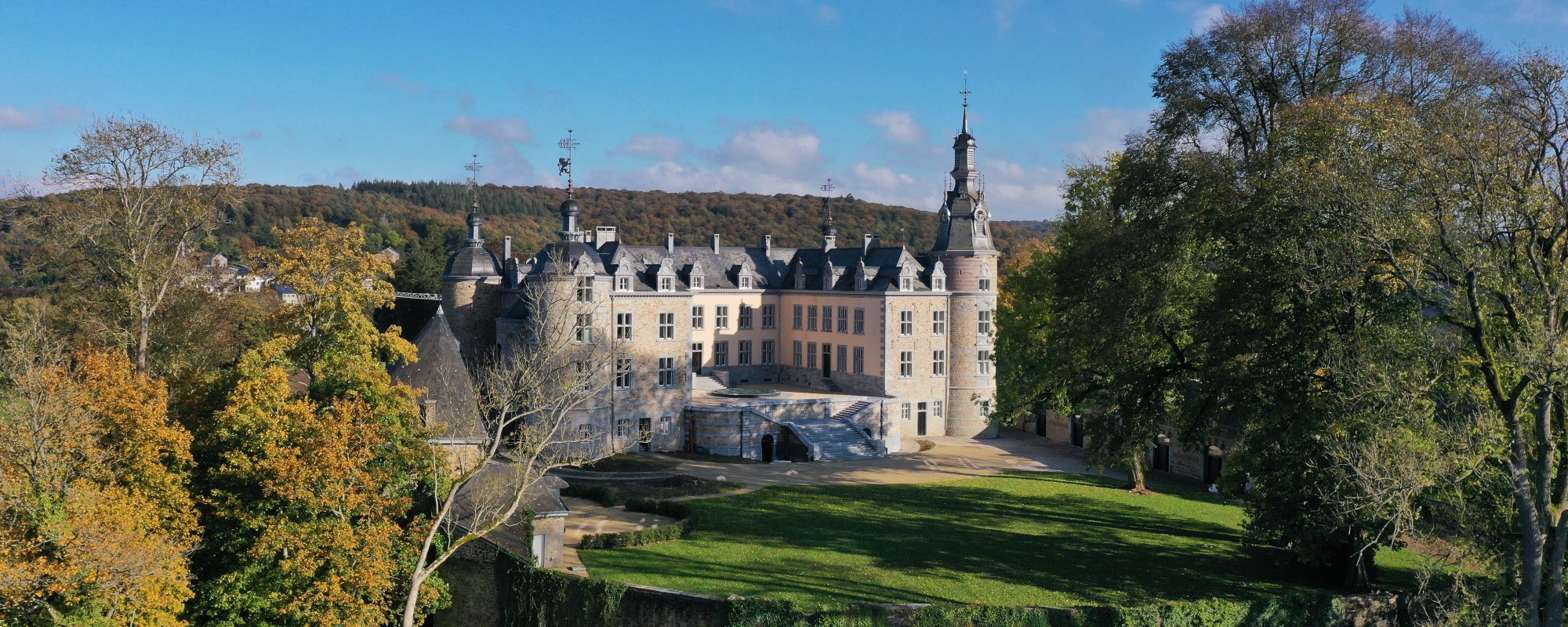
Our villages vary between rural heritage, classified monuments and remarkable sites. Whether castles, farms, churches or abbeys, traditional buildings, rural or natural heritage, discover the must-see Most Beautiful Villages of Wallonia!
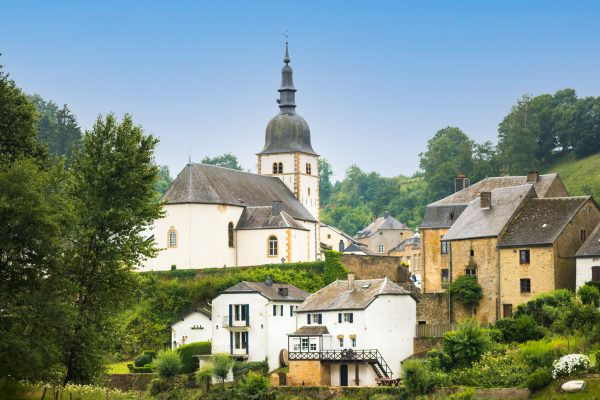
Where the waters of the Semois meet the foot of the village, the church of Saint-Martin imposes its silhouette on the landscape
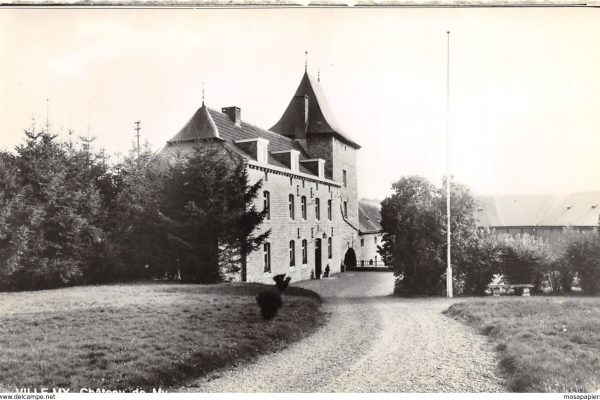
Successively an outbuilding of the castle and a farm, this 17th and 18th century building marks the locality with its imposing silhouette
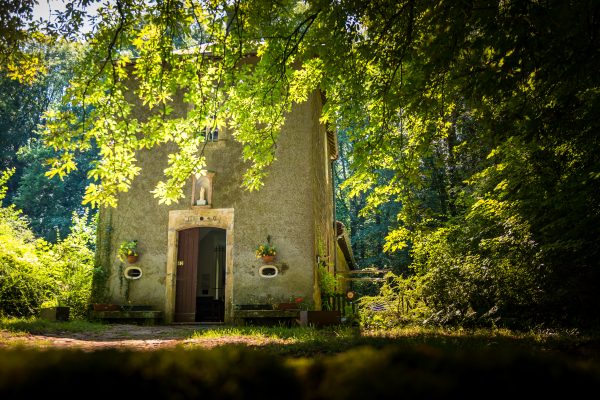
A chapel built in the aftermath of the plague epidemic of 1636 - Listed monument.
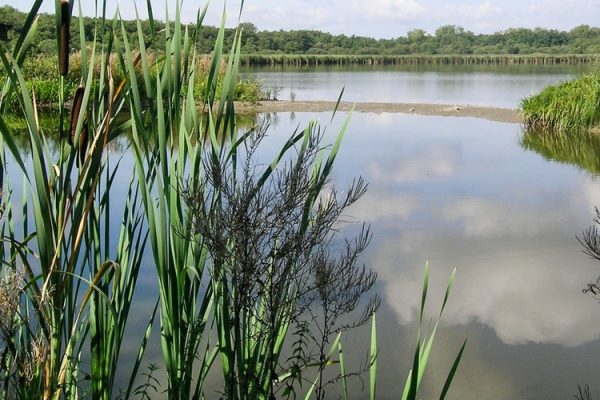
A 100% natural immersion in the heart of one of the most beautiful ponds in Wallonia!

In the enclosure formed by the church and the cemetery, this well-to-do residence stands out in the village thanks to its dominant position, its classical style and the perfect symmetry of its façade.
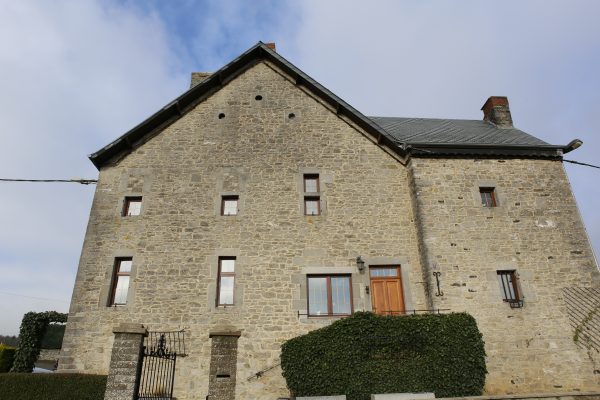
Buildings from the 17th, 18th and 19th centuries with seigniorial origins and former court of justice.
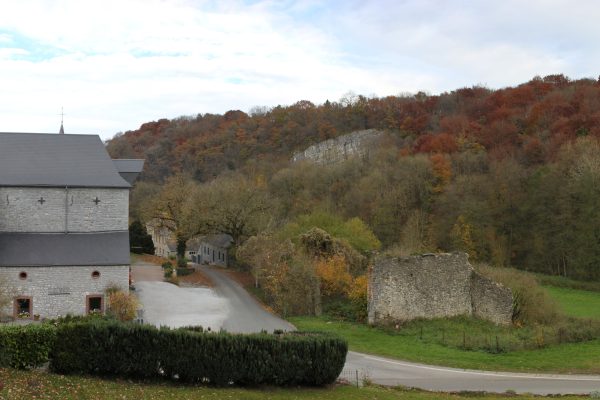
A natural sentinel offering a remarkable panorama and an exceptional natural site - Exceptional heritage of Wallonia.

A day at the Aubechies Archeosite is an impressive journey through 5000 years of our past. An unforgettable adventure in a real open-air museum...
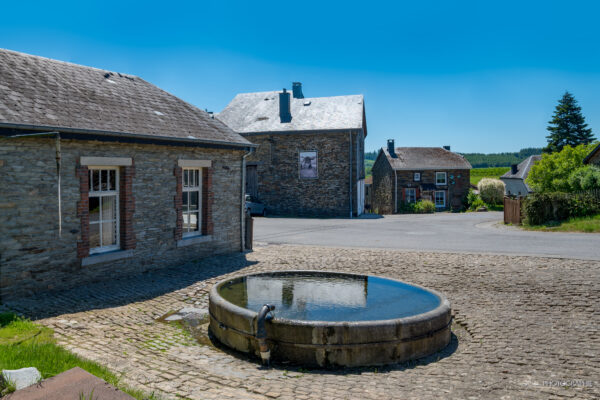
Dans le haut du village, le lavoir fut aménagé en 1865, en contrebas d'une source alimentant deux grands bacs en pierre calcaire ainsi que l'abreuvoir circulaire établi à proximité.
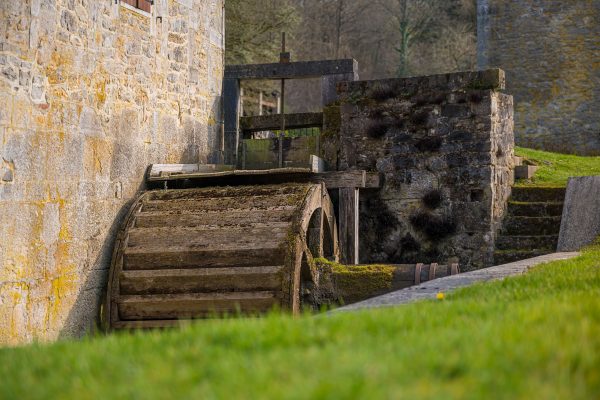
A peaceful, prime location along the Hermeton River for this harmonious ensemble whose origins date back to the 15th century - Listed monument.
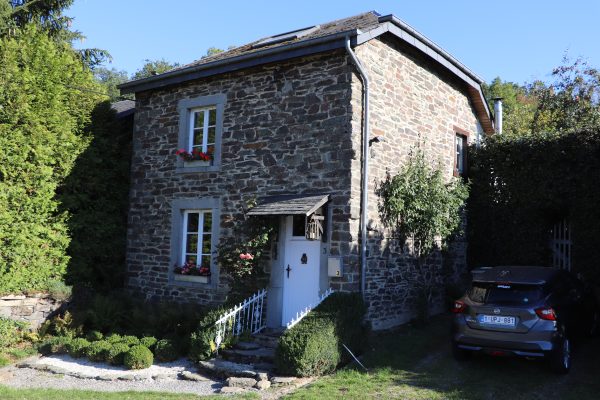
A single room on the ground floor and a bedroom upstairs for this house which had all the amenities.
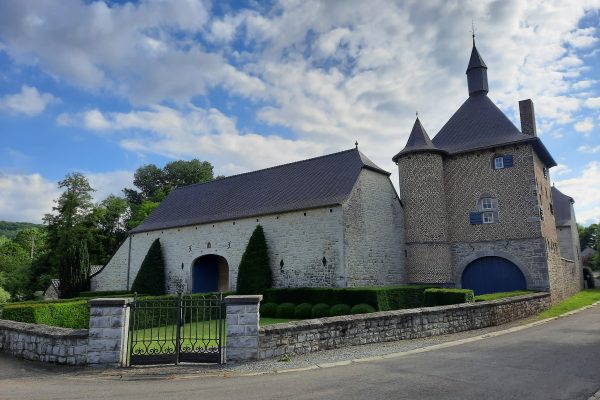
Beautiful limestone ensemble from the 17th and 18th centuries, the seat of a former seigneurial dwelling - listed monument.
The association Les Plus Beaux Villages de Wallonie (The Most Beautiful Villages of Wallonia) oversees a network of 32 villages, bearers of a strong territorial identity and reflecting traditional architecture. It is committed to promoting the rural, cultural and natural heritage of Wallonia and is a part of the development of local and responsible tourism.
More information